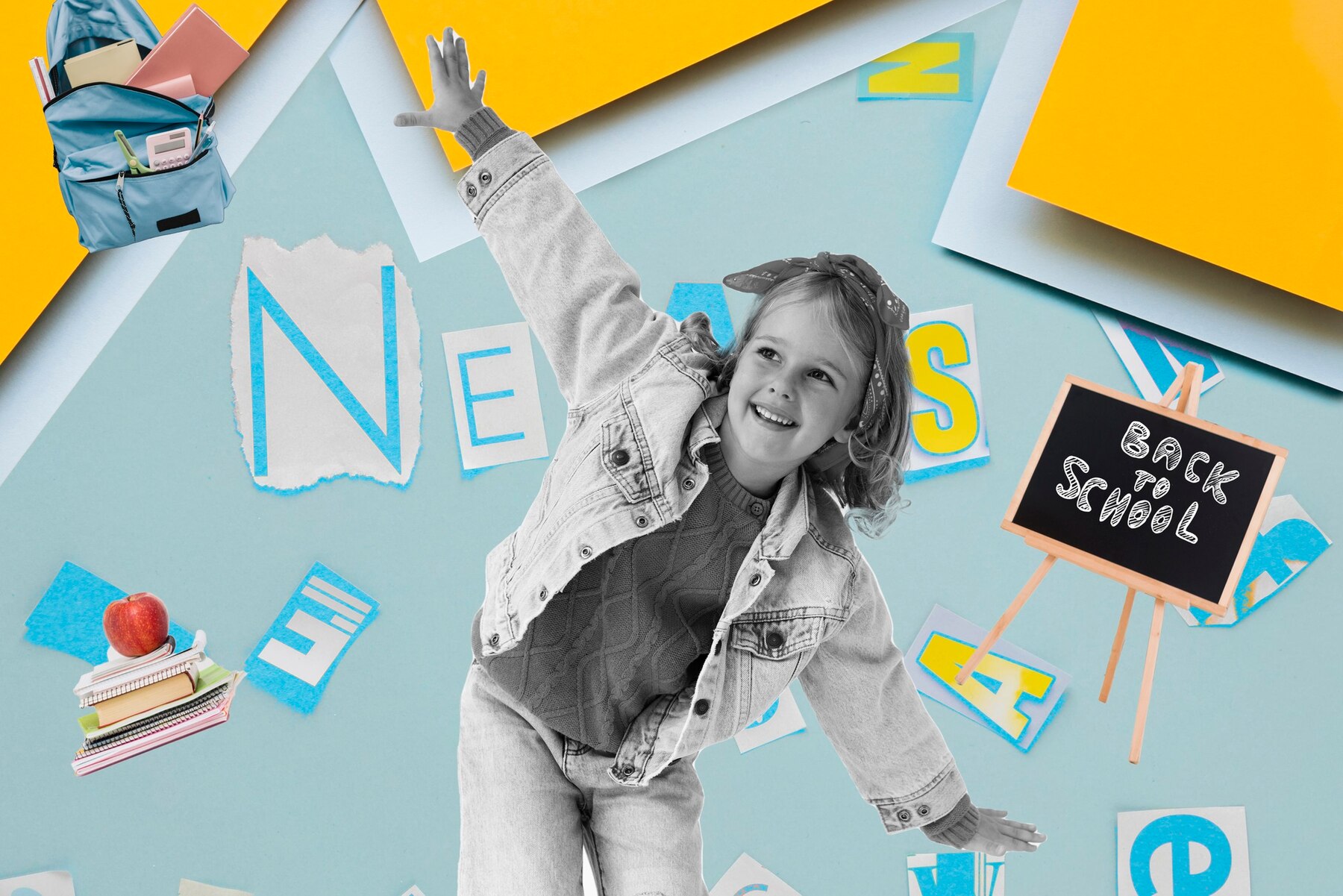The new school year is just around the corner! Looking forward to starting new classes? Meeting new students? Using new materials and inspiring young learners to love English?
To ensure your little ones are more than willing to learn English, it's crucial to create an engaging and inclusive classroom environment. How? Here are some key factors to consider:
- Decorate the Classroom: Use educational and colorful materials to create a welcoming atmosphere. Utilize educational posters, student work displays, and plants to make the space inviting and inspiring. Incorporating students’ work into the decorations can foster a sense of ownership and pride in the classroom.
- Stay Updated: Keeping up with the latest ELT methodologies and technologies is essential for maintaining an engaging environment. Embrace innovative teaching strategies, incorporate digital tools, and adapt your teaching to meet the diverse needs of your students.
- Arrange Desks for Interaction: Arrange desks in a way that promotes interaction and collaboration among students. Consider setting up desks in groups or circles to encourage communication and teamwork.
Starting strong is key to keeping students engaged and motivated in the classroom. One effective strategy is to incorporate interactive activities that encourage active participation and collaboration among students. These activities can range from simple group discussions and role-plays to interactive games that make learning fun and engaging.
Need to boost engagement? Adopt a learner-centered approach where students take an active role in their learning process. Allowing students to have a say in their learning goals, interests, and preferences makes them more invested in their education. The benefits of using interactive activities and learner-centered approaches are manifold: they enhance student motivation and participation and promote critical thinking, communication skills, and overall knowledge retention. By creating a dynamic and engaging learning environment, teachers can foster a love for learning and empower students to reach their full potential.
Parental Involvement
What is the role of parents in this process? Is there an efficient way to foster communication and parent involvement in the classroom? Clear and effective communication is key to building a strong partnership between teachers, students, and parents. It is essential to keep parents informed about their children’s progress, classroom activities, and important updates. Let us delve deeper into the importance of integrating parents into the learning process.
One way to involve parents in their children’s educational journey is to maintain open lines of communication through channels like emails, newsletters, or parent-teacher conferences. Regular updates on students’ academic performance, behavior, and upcoming events can help parents stay engaged and informed.
Encouraging parents to participate in school activities and providing them with volunteering opportunities can strengthen the bond between home and school. Workshops can also play a crucial role. By creating a welcoming and inclusive environment for parents, teachers can build a supportive community that benefits the students’ overall learning experience. By emphasizing the value of clear communication and actively involving parents in their children’s education, teachers can create a collaborative partnership that nurtures student success and well-being.
Time Management
Effective time management is essential for teachers to ensure a productive and balanced work life. One effective technique is to prioritize tasks by creating a to-do list or schedule to allocate time efficiently to various responsibilities. To stay organized and meet deadlines, teachers can utilize tools like digital calendars, task management apps, or online collaboration platforms. These tools can help track deadlines, set reminders, and streamline communication with colleagues and students.
Technology in the Classroom
Technology plays a vital role in modern English Language Teaching, offering innovative ways to enhance learning experiences in the classroom. Integrating technology can make lessons more engaging and interactive for students. By incorporating digital resources, online platforms, and interactive tools, teachers can cater to different learning styles and create a dynamic learning environment.
To integrate technology effectively, teachers can use educational apps, language learning websites, and multimedia resources to supplement traditional teaching methods. Online platforms like virtual classrooms or language learning games can make learning fun and engaging for students. Interactive tools such as language learning software or digital quizzes can provide immediate feedback and personalized learning experiences.
Technology in ELT can help teachers foster creativity, collaboration, and language proficiency among students. Technology integration not only enhances the learning process but also prepares students for the digital world they will encounter outside the classroom.
In conclusion, preparing a friendly, welcoming, and efficient classroom environment before beginning lessons can ensure a successful learning process. By following all the above steps, teachers can not only teach effectively but also in a fun way that will make the teaching process enjoyable and, why not, unforgettable for their students.

